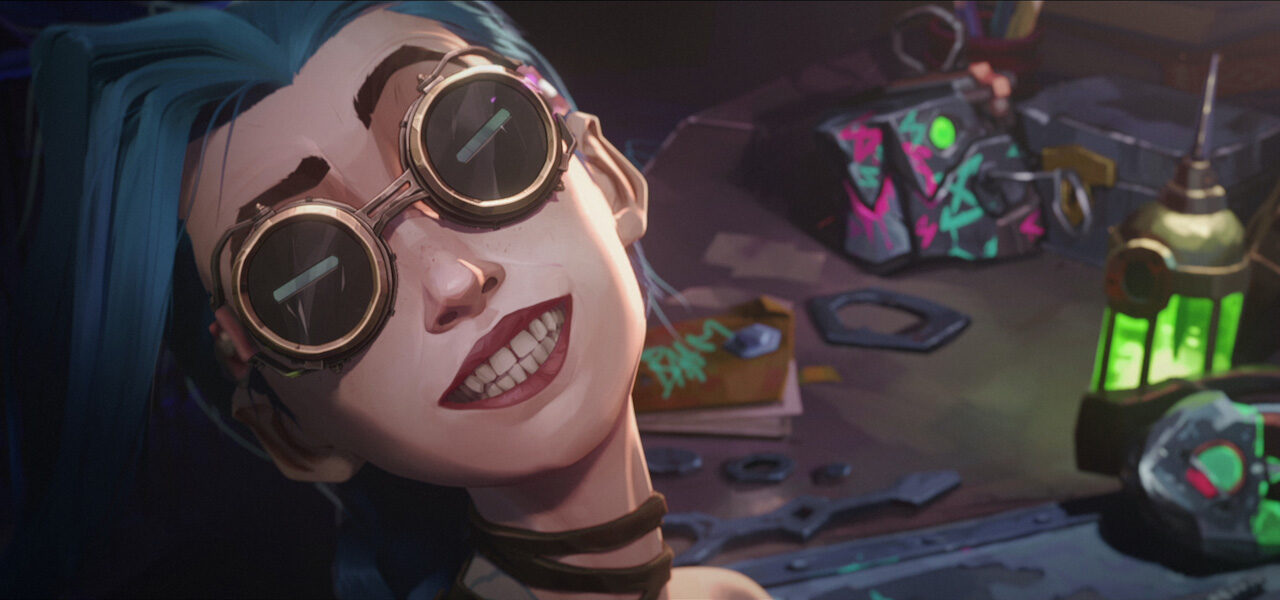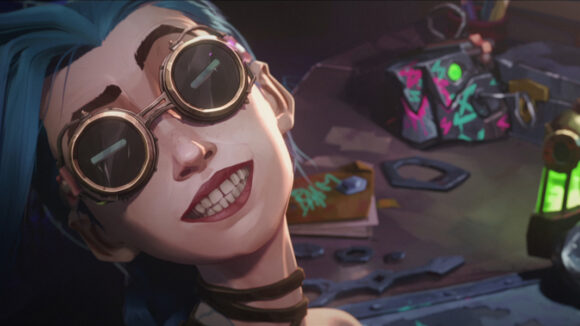

The Secret To ‘Arcane’ Studio Fortiche’s Success: It’s Owned By Artists
Netflix’s new series Arcane isn’t just good by the iffy standards of video-game adaptations — it’s something of a masterpiece in its own right. Audiences and pros have reacted accordingly: the League of Legends spin-off shot to the top of the streamer’s ranking of most-watched English-language shows in November, and has received nine nominations at the Annies (more than any other series this year).
This outcome has put Fortiche, the 12-year-old Paris-based studio that produced the animation, clearly on the map. The company employed around 15 people seven years ago and has seen its workforce balloon to approximately 300 during work on Arcane, according to Alexis Wanneroy, a lead animator on the show.
In a recent video podcast (watch below), Wanneroy discusses the production, as well as Fortiche’s pipeline and recent growth (he heads up a new Fortiche studio in the French city of Montpellier). As a 14-year veteran of Dreamworks, the animator compares his experience of Hollywood with Fortiche’s approach.
Crucial to the French studio’s outlook, he says, is the fact that the three owners and founders — Pascal Charrue, Jérôme Combe, Arnaud Delord — “are all artists.” Wanneroy elaborates:
They always wanted to push for something different than the watered-down things that come after — how can I say this? — is the path of production? Or is the path of trying to please more audience and stuff, which is actually usually thought by people that are not artists. That’s the case in all the studios, especially at Dreamworks. It was a big problem for us on a lot of movies. I think if they trusted artists more [with] the design, the appeal, it would have changed a lot of things. And that’s for everywhere.
Wanneroy goes on to praise Disney’s formula, which produces “appealing” films. But the same doesn’t apply elsewhere in Hollywood:
I think it’s more the other studios that are always trying to find their appeal, or their way of — for Dreamworks, it was between Boss Baby and [How to Train Your] Dragon. It’s very hard to find a niche. For Sony as well: if you think of Smurfs versus Spider-Verse … That’s mostly coming from people being non-artists and wanting to develop things that make money.
The animator explains how his studio produced five-plus hours of high-quality animation in two years, despite having a smaller team and budget than a Hollywood studio. Tech like real-time rigs helped, as did decisions like the reuse of shots (with lighting and other aspects changed). “It’s done in a smart way,” he summarizes.
In the video, Wanneroy drills deep into the artistic choices made on Arcane. He even shows some storyboards. The conversation has much of interest for animators and artists, whether or not they’ve seen the show.

.png)